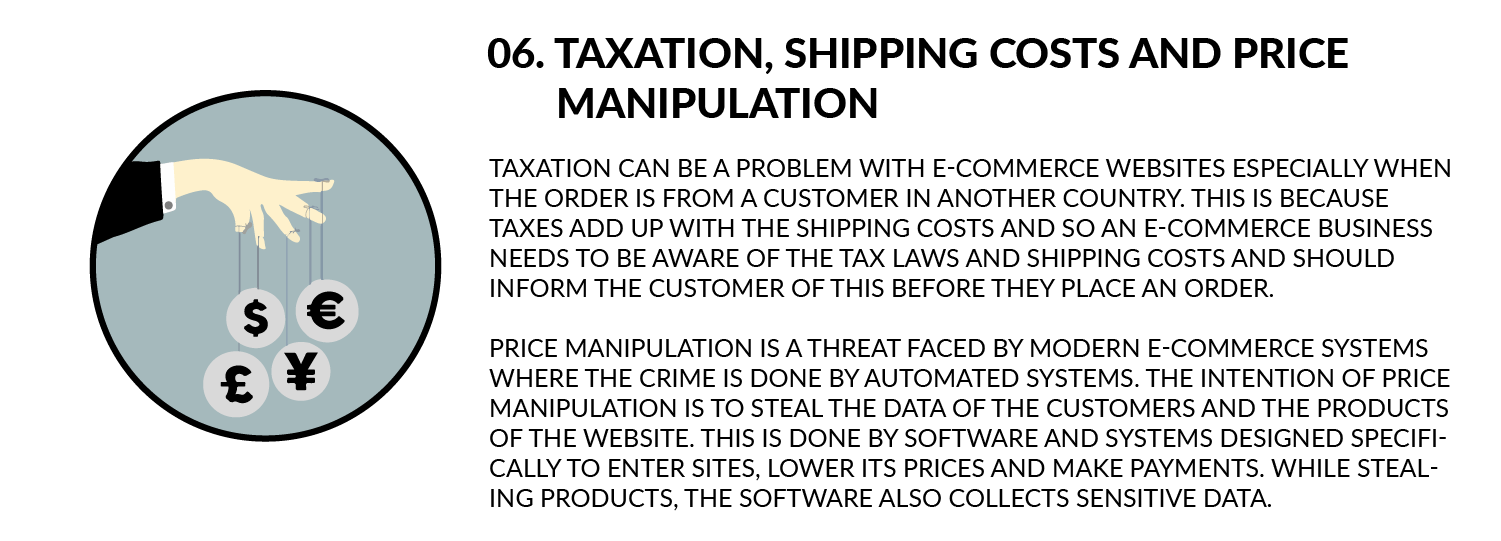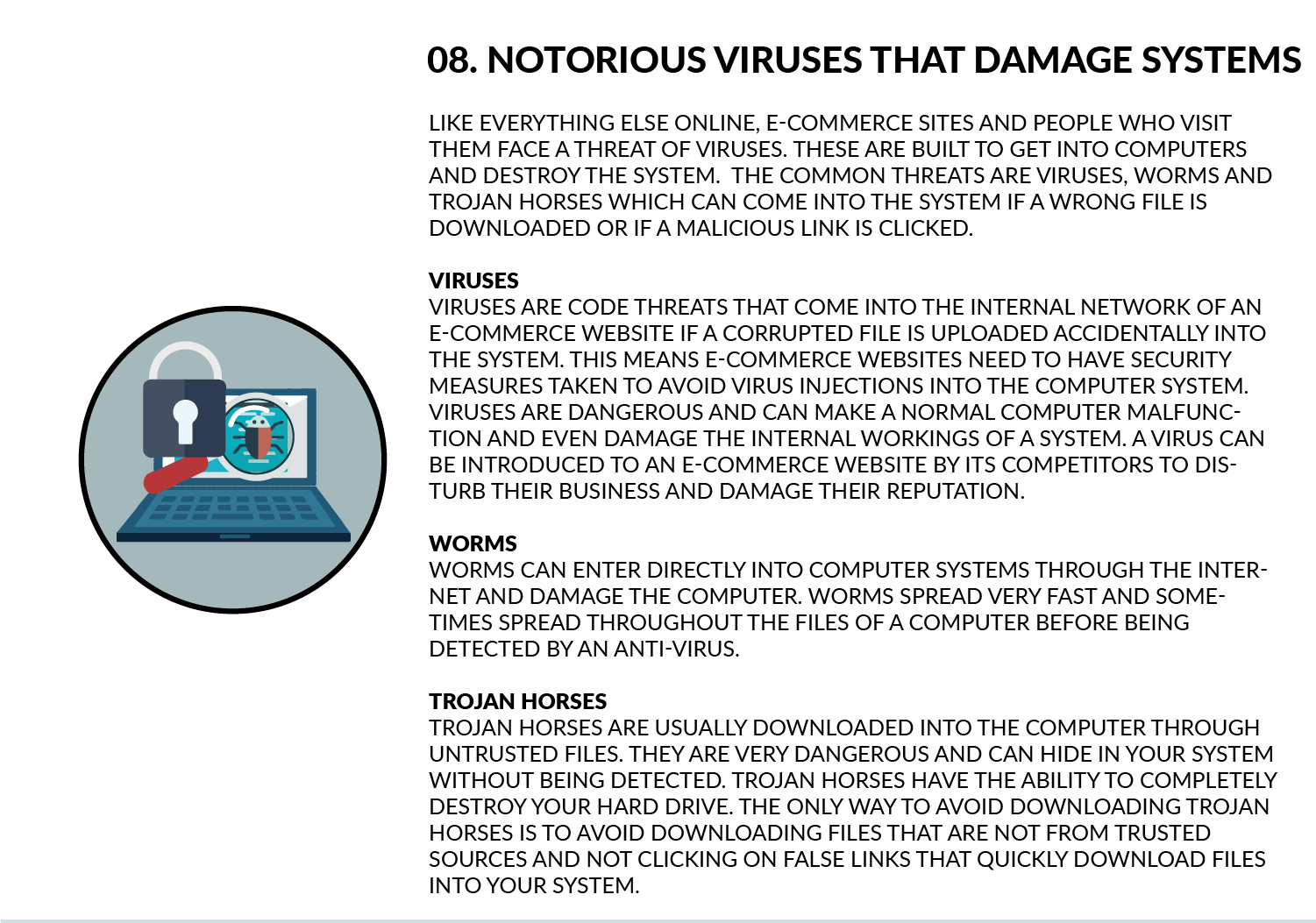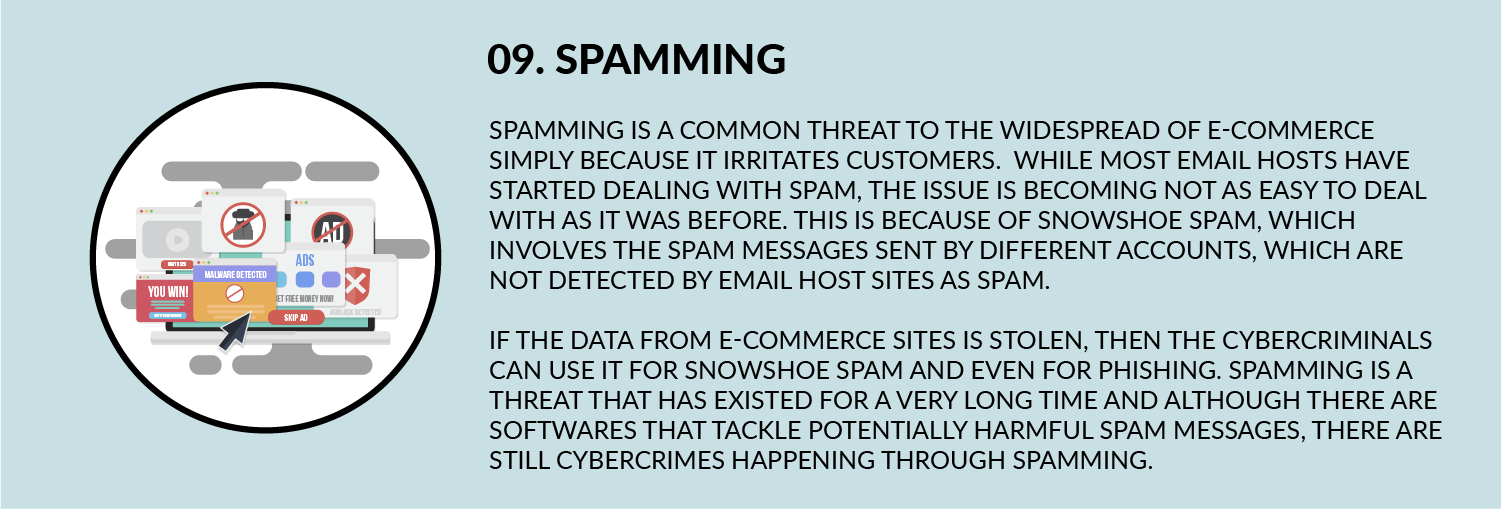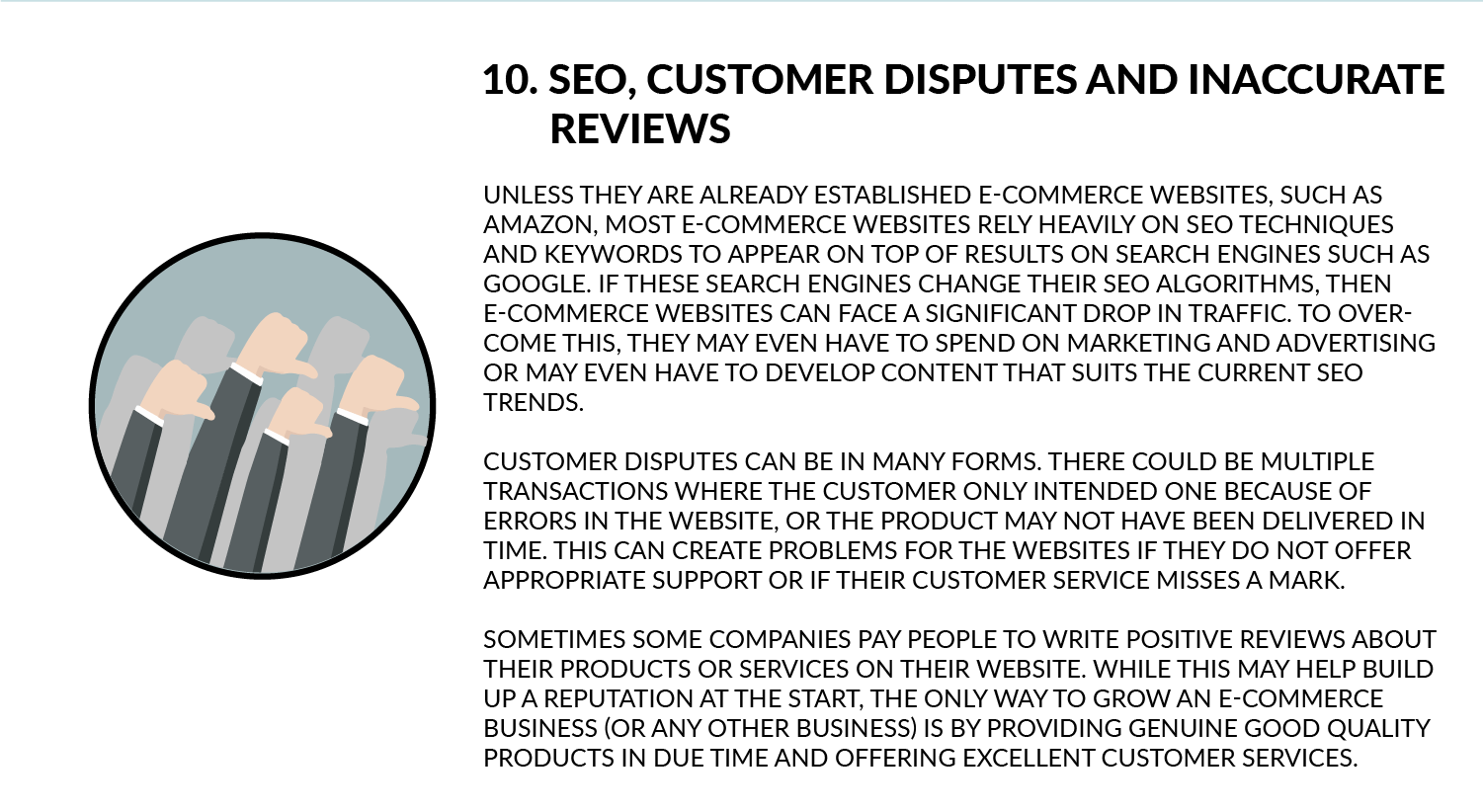
QUICK LINKS:
- What is E-commerce?
- Is E-commerce considered safe?
- How to achieve safety with e-commerce
- Benefits of E-commerce
These days, the world is a global village, and e-commerce is how trade happens online, between countries and continents and across cultures and seas. It is almost impossible to be living in a world that uses the internet for its communication, information and entertainment; and not be familiar with some form of e-commerce; as it is one of the fastest growing trends of the past few decades.
And since e-commerce is showing exponential growth, there are going to be risks associated with it both for the business and for the consumer.
What is E-commerce?
E-commerce is considered to be the activity of selling and purchasing products using a website, or online platform. The word “E-commerce” is an amalgamation of two different words and can be broken down into electronic and commerce. Electronic Commerce in 2018 utilizes the internet and the world wide web as at least the first step of the transaction process. Other technologies that are typically used are emails and mobile phone messages.
There are three basic areas of E-commerce; online retailing, online auctions and electric markets. The applications of E-commerce are endless, with a majority of the services we require in our daily lives; now being offered as an E-commerce service online instantly sometimes. These services include Internet banking, Digital wallets, Electronic tickets, Instant messaging, domestic and international payment systems like PayPal, order shipment and tracking, and lastly; online shopping. Moreover, with the number of smartphone users in the world rising to a staggering 2.5 billion people, e-commerce is shifting slowly and gradually towards handheld smartphone devices.
Is E-commerce considered safe?
E-commerce is not going anywhere, and as more and more customers adopt online transactions; the question of safety pops up. How safe is E-commerce? Safety is a very broad term, but in this particular scenario, it can be broken down into a couple of things.
1. Safety of Personal Information such as credit card information, phone number, and address
2. Privacy of data – there have been scams where customer information has been leaked for marketing purposes, which makes people sceptical about being involved in e-commerce activities
While there are trusted sites that run solely on e-commerce, and customers that rely on and trust online transactions, and purchases, there are some who are rather reluctant. The number of the latter group is swiftly decreasing as e-commerce sites grow in their number and improve their reputation and reliability.
How to achieve safety with e-commerce
It is better to be safe than sorry, and while there are risks associated with e-commerce, there are some e-commerce practices that can be carried out to maximize the safety of personal information and data while shopping online:
1. Check out the reliability of the website
If it is a legitimate e-commerce site, there are likely to be reviews from other customers and even a social media presence. The prices should be near to the market rates, and there shouldn’t be too many click baits. The website should be professional, with an ‘About Us’ and a ‘Contact Us’ option. In addition, the website should also have social media pages with pictures and reviews of orders delivered to previous customers.
2. Do not provide extra details online
While an email may be necessary to keep customers updated on their orders, there is no need to provide extra information such as social media profiles, or any other information that does not have the asterisk (*) on top of the box. For example, there is no need to give your driver’s ID or your income range.
3. Do not use URLs that are not safe
The basic rule when browsing online websites, particularly e-commerce websites is to see whether one is using HTTP or HTTPs on the URL address bar. HTTPS is more secure and less likely to host spam sites. In addition, one should also ensure that the e-commerce website has a relevant URL. For example, an e-commerce site that sells shoes is less likely to be named pancake.com
4. Use Proxies on E-commerce websites
Proxy firewalls add an additional layer of security to the network, which makes it safe from malicious codes entering your computers. It is especially a risk on e-commerce websites as there is personal and bank data involved.
Other ways to practice safe e-commerce techniques is to ask people, in person or online about their experiences with a particular client or site, read reviews and only trust websites that offer customer service and support, and take customer feedback.
Benefits of E-commerce
There is a reason why e-commerce websites have become so popular. It is because of the benefits and convenience they offer. Some of the benefits of e-commerce are discussed below:
For the business:
1. Online inventory management
When a customer makes a purchase, the online inventory is updated automatically and therefore it will be easier to manage stocks.
2. Direct insight into consumer trends
Since all purchases are online, businesses can analyse what their customers like and what they do not like. Information such as what time do most customers shop, what their age and gender are, and what sort of products do they prefer will help businesses deliver better products and services.
3. Sell anywhere, anytime
Online stores are open 24/7 and can deliver anywhere in the world. This allows them to reach more customers.
4. Low marketing cost
Since their stores are online, businesses can save money by using online marketing and SEO techniques.
For the consumer
1. Convenience
Customers can shop from anywhere, at any time without having to worry about store timings.
2. Review and ratings
Product reviews and ratings for online stores help customers with making better buying decisions. They can also compare prices and products on different online stores to choose which one is the best. It is not always possible to do this in physical stores.
3. Saves transport costs
Customers do not need to travel to shops to get what they want, which is an advantage. Some websites even offer free shipping so it costs a customer lesser to purchase a product.
4. Privacy
While there are privacy risks associated with e-commerce websites, there are privacy advantages too. One doesn’t need to be seen purchasing a product, for example, A surprise gift for a friend. This can be bought online and delivered without the other person knowing about it.
These are just some of the reasons why e-commerce is gaining popularity, but it does not come without its own set of risks. E-commerce consumers face certain threats shopping online, some of them are mentioned below.
10 common threats to E-commerce
Despite its convenience and benefits, there are still certain legitimate reasons as to why some businesses are reluctant to switch completely to e-commerce and why customers are still sceptical about relying on e-commerce. And while E-commerce has come quite far from when it began, it still triggers some trust issues because of the following common threats:










Other threats to e-commerce:
Apart from the ones mentioned above, there are other threats to e-commerce such as hacking, stalking, stealing information from shared Wi-Fi networks, data packet sniffing and post scanning. Cybercriminals are getting smarter and more innovative and e-commerce consumers are likely to stay a target because they need to give their personal and credit/debit card details into the system.
In Conclusion
E-commerce faces more threats than the ones stated above, it also has more benefits than what is listed in this post. The population of the world is increasing, and so is the demand for better quality products, competitive rates and convenient delivery. And since e-commerce practices are continuously evolving and updating to newer trends, faster and more secure platforms, and even better packaging, production and delivery methods, there is no doubt that the internet is going to continue growing as a marketplace for just about everything.
At the end of the day, it is for the retailer and for the customer to decide how they are going to ensure safe e-commerce, because with everything online, e-commerce is here to stay and therefore, we need to be prepared for both its perks and its risks.
Post Quick Links
Jump straight to the section of the post you want to read:


About the author
Rachael Chapman
A Complete Gamer and a Tech Geek. Brings out all her thoughts and Love in Writing Techie Blogs.
Related Articles
Building Web Scrapers For eCommerce Data Gathering
In this article, we'll discuss Data Gathering Methods for Ecommerce: Building Web Scrapers | Limeproxies
The Modern Rules of Lead Generation that will work in 2020
We have covered the top lead generation strategies and tips together so that your next lead generation campaign will be a success.